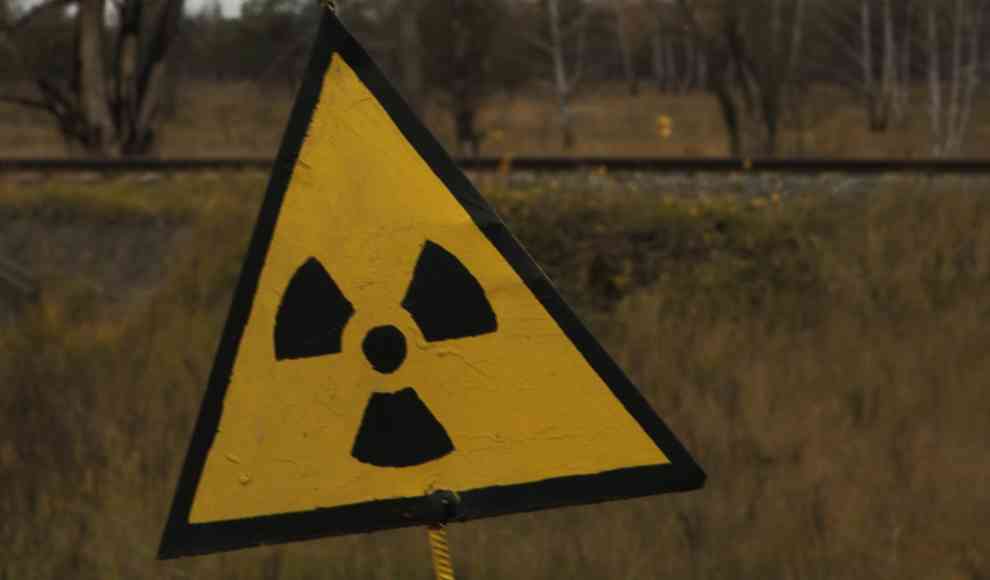The US military is set to receive a mobile nuclear reactor to power remote bases both domestically and abroad. According to the Department of Defense, this is the most mobile, secure, and advanced micro nuclear reactor in the world. While Germany has already decided to phase out nuclear power by December 31, 2022, 81 new nuclear power plants are currently under construction or in the late stages of planning in six countries. The US Department of Defense has announced that it will add three more nuclear power plants, which are small, mobile reactors that the US military can transport for use both domestically and abroad.
According to a study published in the Royal Geographical Society, the US military consumed approximately 42.9 million liters of oil per day in 2017, emitting 25 million tons of CO2. The study also found that the military’s annual electricity consumption was approximately 30 terawatt-hours. With a capacity of 1 to 5 megawatts, the planned nuclear reactors can only cover a small portion of the military’s electricity consumption. The primary purpose of these reactors is to provide power to smaller bases that can operate independently of the regular power grid.
The Pele program, which aims to develop the safest, most mobile, and advanced micro nuclear reactor, is currently in its first phase. During the two-year design competition, BWX Technologies, Westinghouse Government Services, and X-Energy will develop concepts for the reactor. The Department of Defense is funding this project phase with $40 million. Afterward, a company will build a functional reactor based on the winning concept. In addition to the Pele project, the US military is also funding another project to build a 2 to 10 megawatt nuclear reactor. A first prototype is expected by 2023. The new nuclear reactors are not only intended to provide energy but also to ensure that the US does not lose its technological leadership in the field of nuclear energy to Russia and China, according to Jay Dryer, head of the Strategic Capabilities Office at the DoD.










